In one context an individual may be at an advantage due to
their privilege in that situation and in another they may reverse rolls and be
at a disadvantage. For example looking at gender, a man is at an advantage
typically in a corporate setting for reasons such as the glass ceiling
phenomena, but in a female dominated field they would be at a disadvantage
potentially receiving unkind remarks and being labeled or seen through a stereotypes
lens.
An interesting activity I have taken part in to teach
students about different levels of privilege is to scatter them around the
classroom each with a ball of paper and get them to toss it into a bin at the
front. This shows students how privilege through being in different positions
and places within society puts them at advantages and disadvantages while
attempting to do the same task.
This can
be a difficult topic for students to grasp, especially if it is attempting them
to understand why they may be at an advantage because or something such as race
or the family they are from. In order
for one to address the subject of privilege they must be aware of where they
stand and be critical of society to understand invisible aspects of privilege. The
topic must be approached in such a way such as the paper ball activity or
another that gets students to first understand the difference between being in
different places in society and then focus on the specific factors that can
perpetrate this. The following image is one way to try and be aware and learn
about what may act as a privilege to you.
This is a subject future teachers and current teachers need to be aware of in
the classroom, so they can understand where they stand, as well as see what
students/families may be at a disadvantage and try to be mindful of that and work to educate society on acknowledging this.


